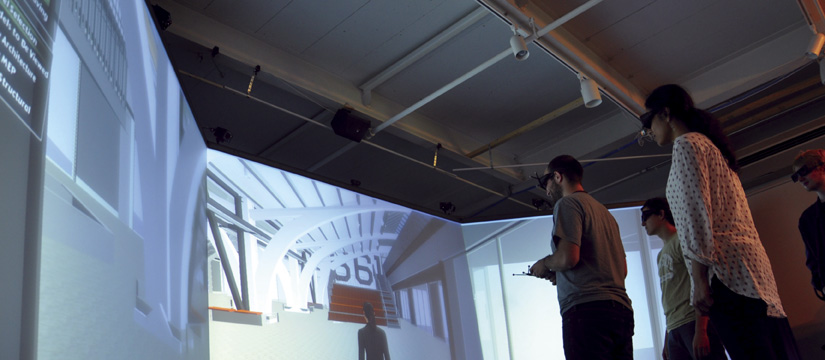Market Challenge
Integrated retrofit design has been shown to provide better value for building owners when they align construction and design impacts across multiple systems. However, the process for achieving an integrated design is not well understood in the commercial building market and currently requires specialized skills to leverage models, many of which do not share information seamlessly. One of the greatest challenges when using building information modeling (BIM), is dealing with multiple file-exchange formats and platforms that lack interoperability. Retrofit teams for smaller projects do not typically have a staff of knowledgable modelers and design professionals capable of supporting an integrated retrofit project, nor do they have the time or resources to support the use of multiple modeling tools required for implementation.
Regardless of building size, there is also a need to make existing models more robust to handle integrated design and to improve the visualization of modeling data for design teams. While the Department of Energy has developed sophisticated modeling tools (e.g., Energy Plus, OpenStudio, Radiance) that have made integrated design easier, additional functionality is necessary. For example, it is difficult to model lighting design energy performance in a building, taking into account daylighting. Information from the models can be more effectively used by designers if the information is visualized, but few simple visualization tools are available that allow teams to optimize the design and collaborate around shared information.
Approach
CBEI researchers conducted a gap analysis of processes and tools currently applied to integrated design to identify specific research focus areas. Three interconnected paths were developed. The first path involved mapping steps across the design process, taking into account multiple system processes and needs. This path identified the need for guidance on how to approach integrated design as well as the need for specific tools that are critical for integrated design. The second path focused on challenges related to the lack of interoperability among BIM tools and a growing demand for additional modules in existing tools. An important part of this path was to support the use of open standards among existing design and analysis tools to better integrate and connect design information. Additionally, CBEI improved the Department of Energy’s Airflow Network, EnergyPlus and OpenStudio with additions that better model airflow, daylighting and lighting design, and occupancy. The third path was to improve the ability of design teams to visualize modeling results. The growing availability of three-dimensional modeling tools allows a virtual reality approach to integrated design, which helps identify potential issues before they impact project cost and schedule.

